
When it comes to the clash between style and floor protection, rubber backing on rugs often ends up being the culprit. If you are also suffering from rubber, foam, or latex rug backing residues, and worried about how to remove rubber backing from hardwood floors, you are at the right place.
To remove rubber backing from hardwood floors, gently peel off loose pieces, apply a mild oil like mineral or vegetable oil to the residue, let it sit, and then rub away using a soft cloth. Wipe off excess oil and repeat if needed.
In this article, We’ll delve into the nitty-gritty details of removing rubber backing crumbling on the hardwood floor. No more sticky situations – let’s reclaim the elegance of your flooring.
How Does Rubber Rug Backing Damage Hardwood Floors?
People are usually worried and ask, “Will rubber backed rugs damage hardwood floors? If yes, then how? We also get complaints that the rubber backed rug pad ruined wood floor. This is because Rubber-backed rugs can potentially damage hardwood floors over time. The rubber backing may trap moisture, leading to discoloration and an increased risk of mildew. Additionally, the rubber can degrade, leaving a sticky residue that is challenging to remove. To protect your hardwood floors, go for rugs with non-slip pads specifically designed for hardwood surfaces, preventing any adverse effects and preserving the beauty of your flooring.
How To Remove Rubber Backing From Hardwood Floors? – 5 Easy Ways

Given below are the 5 easy ways to remove rubber backing from the hardwood floor. Before starting the process, it is advised to gather your necessary tools and materials as mentioned in each of the following methods to make your process quick and easy. Let’s have a look at these ways:
Peel through putty knife
- Before diving into action, survey the affected area. Identify the extent of the rubber backing residue on your hardwood floor.
- Get a plastic putty knife, scraper or an old credit card. Gently peel off any loose or easily removable rubber bits from the floor. Be cautious not to scratch the hardwood surface.
- Once you are done with complete rubber crumbling removal, sweep or vacuum the area to collect all the debris
- Rinse the floor with water thoroughly for a clean look.
Mineral Oil
Select a mild oil which can be any mineral oil or vegetable oil that works well. Soak a soft cloth in the chosen oil and apply it to the affected area. This helps break down the rubber residue and facilitates easy removal.
Once it is softened, gently scrub or rub off the rubber residue, collect the debris and clean the area by sweeping or vacuuming.
Denatured Alcohol
Pick any mild denatured alcohol, slightly dilute it and apply on the affected area of rubber residue buildup. Let it sit there for sometime until it softens the rubber backing residues. After 10-15 minutes, rub the affected area and clean it.
Many people on the internet recommend WD-40 to remove rubber backing but we do not second this opinion. Because the National Wood Flooring Association states that WD-40 solution can sometimes cause discoloration and may change the color of wooden floor.
Vinegar
Mix equal parts of water and white vinegar in a bowl. Dip a clean cloth into the solution and wring out excess liquid. Wipe down the floor, concentrating on the areas with stubborn residue. Vinegar’s acidity aids in dissolving the sticky residues. Mop the area after sometime and dry it.
Baking Soda
For persistent residues, create a paste using baking soda and water. Apply the paste to the affected area and let it sit for a while. Using a soft cloth or a sponge, gently scrub the area. Baking soda’s abrasive nature helps lift stubborn crumbles without harming the hardwood.
After successfully removing the rubber backing residue, wipe the area with a clean, dry cloth. Ensure all traces of baking soda are removed. This is how you can remove rubber residue from hardwood floors without causing any scratches.
By following these methods, you can easily remove rug backing crumbling from hardwood floors.
Also Read: How to remove dried paint from hardwood floors without sanding?
FAQs

Does Rubber Stain Hardwood Floors?
Rubber stains hardwood floors over time, especially if it contains dyes or chemicals. The rubber may react with the wood finish, causing discoloration. To prevent staining, opt for rugs or mats with non-staining backing specifically designed for hardwood floors.
How Do You Remove Rubber Tire Marks From Floor?
To remove rubber tire marks from the floor, use a mild cleaning solution or soapy water with a soft cloth or sponge. Gently scrub the affected area, and for stubborn marks, consider a rubber eraser or baking soda paste. Always test on a small, inconspicuous area first to avoid damage.
How Do You Remove Old Carpet Foam Rubber From Hardwood Floors?
To remove old carpet foam rubber from hardwood floors, use a plastic scraper or putty knife to gently lift the residue. Apply a mild adhesive remover or mineral spirits on a soft cloth to dissolve any remaining adhesive. Wipe the area clean, ensuring no residue is left behind.
What Type Of Rug Backing Is Safe For Hardwood Floors?
Non-slip rug pads made of natural materials like felt or rubber without harmful chemicals are the best backing for rugs on hardwood floors. Opt for those labeled as safe for hardwood surfaces, preventing scratches or discoloration. Avoid rugs with latex or adhesives that may damage the wood finish over time.
Is It Okay To Put Rubber Mat On Wood Floor?
It’s generally safe to put a rubber mat on a wood floor, but choose one specifically designed for hardwood surfaces. Ensure it’s clean and free of debris that could potentially scratch the floor. Regularly lift and clean the mat to prevent any moisture or residue buildup.
Is Latex Rubber Backing Safe For Hardwood Floors?
Latex rubber backing on rugs can pose a risk to hardwood floors. Over time, the latex may deteriorate, leaving a sticky residue that can be challenging to remove. To safeguard hardwood surfaces, opt for non-slip rug pads without latex or choose rugs specifically labeled safe for hardwood floors.
How To Remove Old Adhesive From Wood Floors?
Get adhesive off wood by using a gentle adhesive remover or mineral spirits applied with a soft cloth. Allow it to sit and soften the adhesive, then gently scrape with a plastic scraper. Wipe the area clean and follow up with a wood floor cleaner to restore the finish.
Will Rubbing Alcohol Damage Hardwood Floors?
While rubbing alcohol can be used to clean hardwood floors, excessive use or prolonged exposure may damage the finish. Use it sparingly and dilute it with water. Test in an inconspicuous area first to ensure compatibility with the floor finish and avoid any potential damage.
How Do You Remove Underlay Glue From Wood Floors?
To remove underlay glue from wood floors, scrape off excess glue with a plastic scraper. Apply a commercial adhesive remover or warm, soapy water to soften the glue, then gently scrub with a soft brush or cloth. Wipe the area clean and ensure the floor is thoroughly dried.
How Do You Get Rubber Skid Marks Off Hardwood Floors?
To remove rubber skid marks from hardwood floors, use a soft cloth or sponge with a mild cleaning solution. Gently scrub the marks, and for stubborn ones, consider a rubber eraser or baking soda paste. Avoid abrasive materials to prevent scratches and test in an inconspicuous area first.
Conclusion
To wrap it up, removing rubber backing from hardwood floors needs careful steps. Whether you use oil, gentle scrubbing, or other methods, being patient is important. To keep your floors looking good, choose rug pads specially made for hardwood. If you need more help, feel free to comment down below. We will be happy to assist you further.
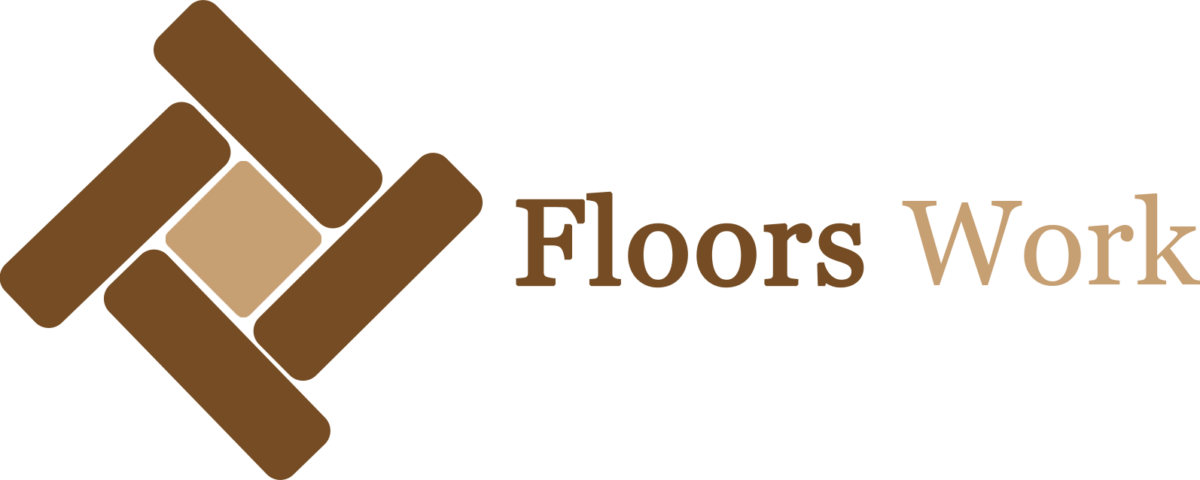

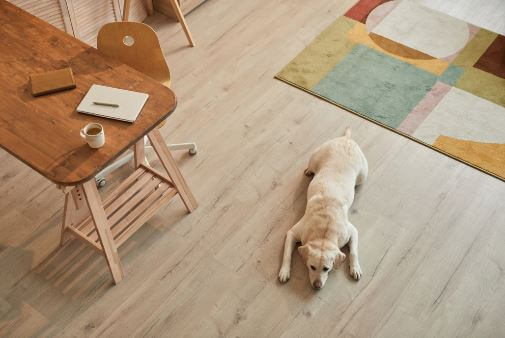
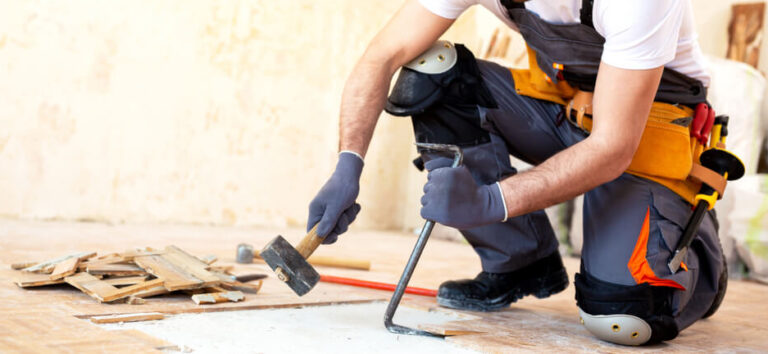
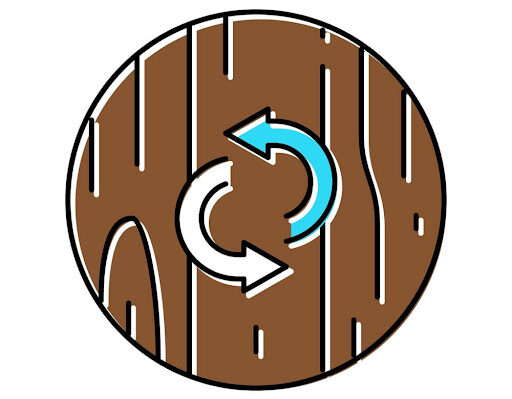
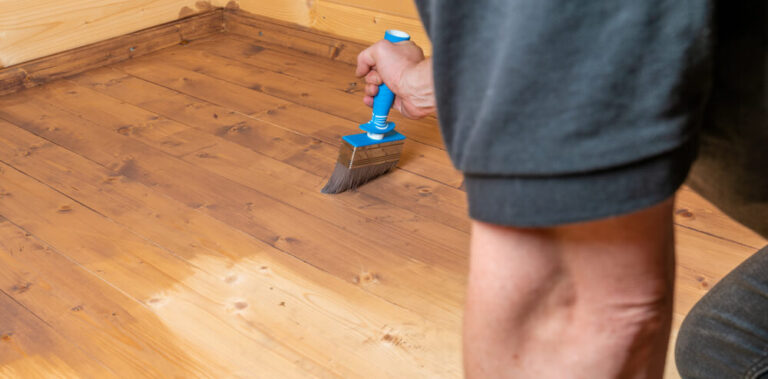
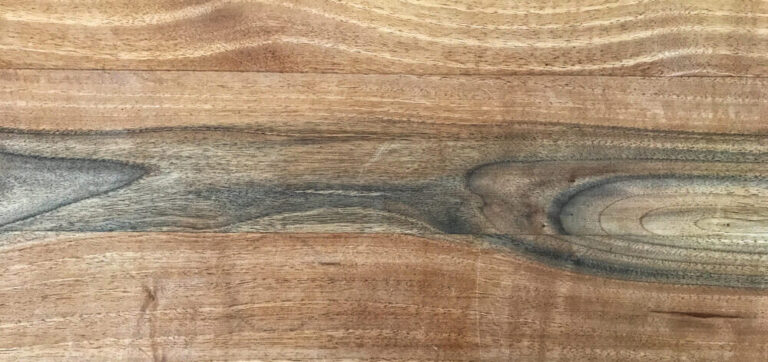

This is a perfect example of quality content. You can tell that plenty of thought when into this post. Keep it up.
Thanks